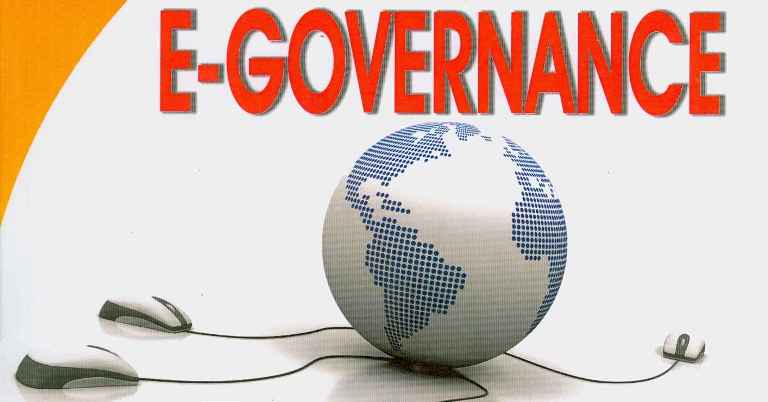Re: Is Galaxy Backbone still backbone of e-governance?
Before Galaxy Backbone (GBB) commenced operations in 2006, ministries, departments and agencies (MDAs) were operating in silos with little or no impactful digital services observed. There were no common systems or platforms that enabled these government establishments to relate with one another in a seamless way. There was also a lot of file carrying from […]

Before Galaxy Backbone (GBB) commenced operations in 2006, ministries, departments and agencies (MDAs) were operating in silos with little or no impactful digital services observed. There were no common systems or platforms that enabled these government establishments to relate with one another in a seamless way. There was also a lot of file carrying from one department of government to the other.
There is no question that significant progress has been made in Nigeria’s digitization process. And the organisation that has relentlessly worked behind the scenes, in most cases without making so much noise, but deliberately moving government to adopt what you may call e-government or digital processes, is Galaxy Backbone.
During the peak of the COVID-19 pandemic, it was assumed in a lot of quarters that, with the lockdown, government processes would be brought to a halt. But we all know the story of resilience of government, even at the highest levels.
Government activities such as the meetings of the Federal Executive Council and National Council of States were held successfully virtually. If there was no Galaxy Backbone at that time; if the people, processes and technology of GBB were not in full operations at that time, you wonder what could have happened to this nation.
One of the core mandates of Galaxy Backbone is to build and manage government data centres, provide email and IP telephony platforms under a common platform that enables public officials to function from where ever they are.
To date, Galaxy Backbone has provided over 40,000 email boxes and thousands of IP and video telephony devices to MDA officials across the country. With this platform, digital services, which drive e-governance in the public domain, are put into full swing.
In order to expand broadband penetration across the country, Galaxy Backbone has, in the last four to five years, installed fibre optic cables cutting across over 17 states in the country. The goal is to connect the 36 states of the country via fibre through the National Information Communication Technology Infrastructure Backbone (NICTIB) project.
A number of government establishments now have, through the support and infrastructure Galaxy Backbone provided, been able to create platforms that enable them to increase their revenue generation, contribute to the economic prosperity of the country and enhance the standard of living of the people. Through some of these platforms, citizens from across the country transact with the government in a transparent and efficient manner.
To achieve the objective of enhancing government-to-government and government-to-citizens operations in the midst of prevalent challenges, GBB consistently engages MDAs and encourages them to fully adopt e-government platforms in their offices. The current leadership in Galaxy Backbone has taken it as its responsibility to continue to lead the conversation and drive aimed at encouraging the adoption of digital services across MDAs.
As GBB strives to improve the digital experience of its infrastructure, it is also the responsibility of the leadership in some of these establishments to engage its people in this same light so that the support Galaxy Backbone is providing is felt in more and more areas across the country.
Patrick Bruce is a writer on emerging technologies based in London
